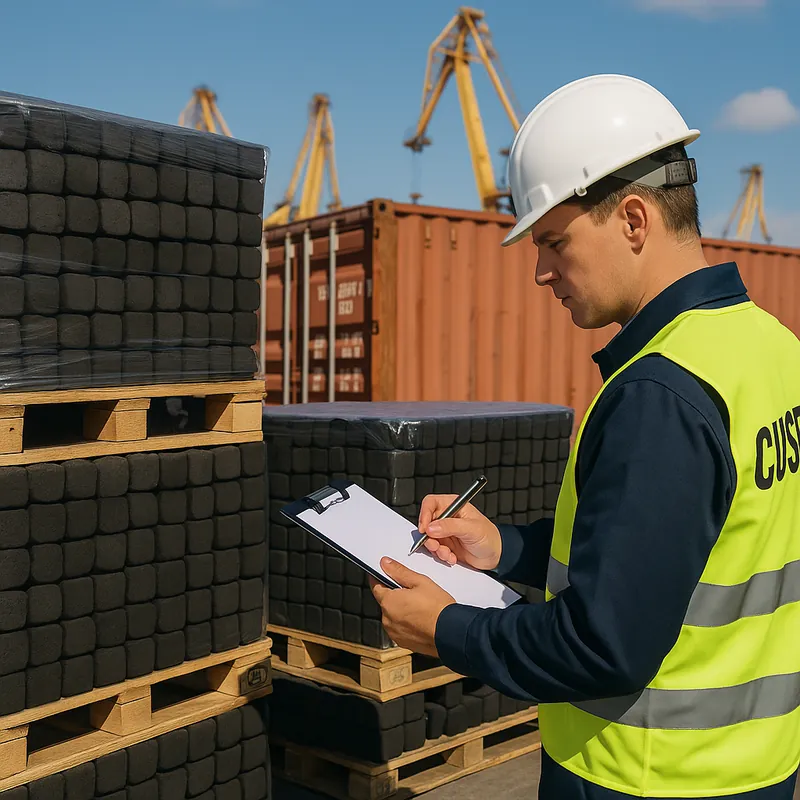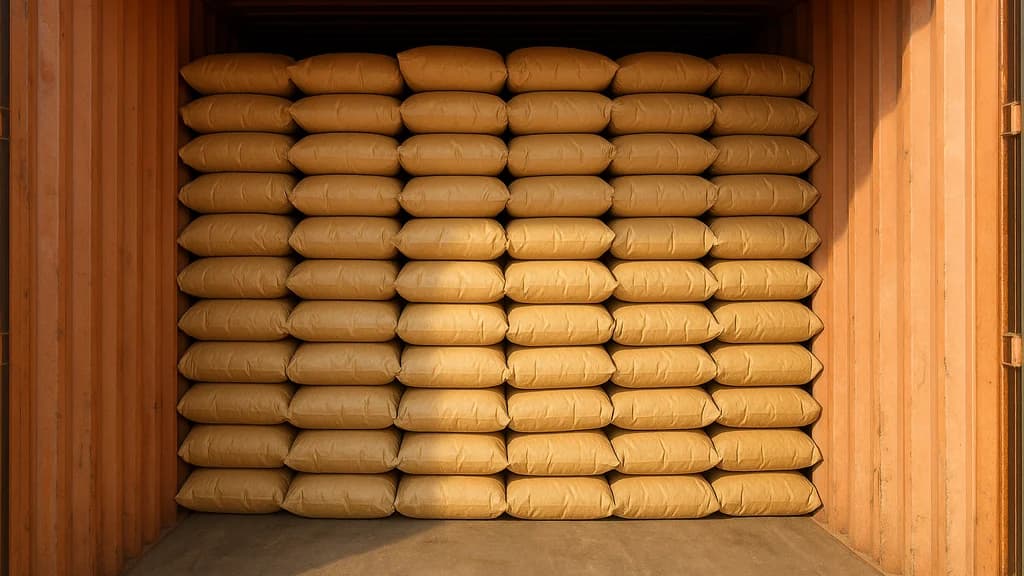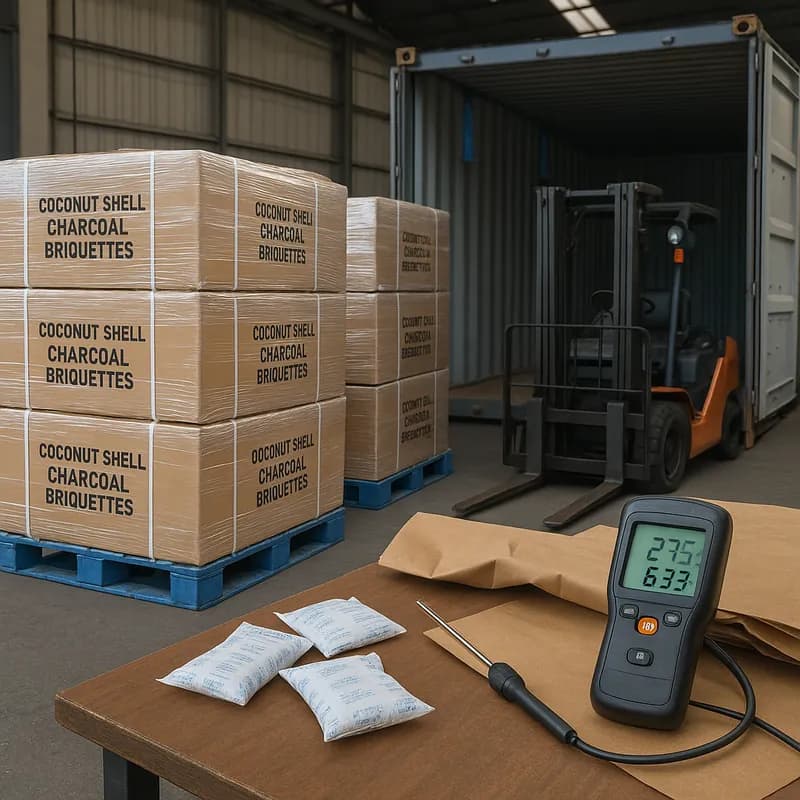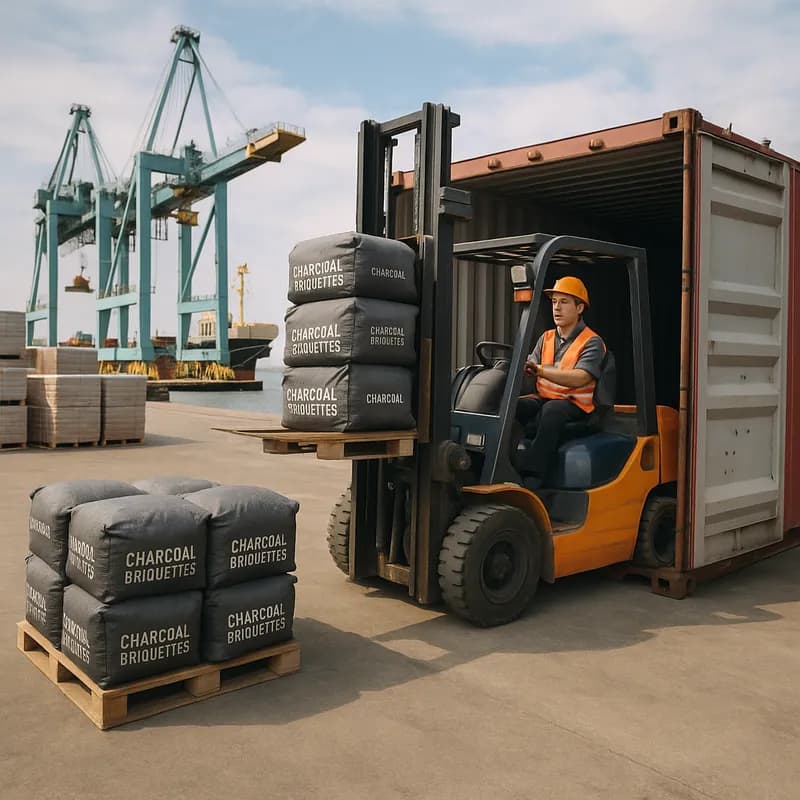Cut delays with a practical take on charcoal import regulations and certifications: correct HS codes, EUDR vs FSC, Lacey, and DG status. Get the checklist.
The Real Problem
Charcoal looks simple on a purchase order, but compliance isn’t. Importers get caught between customs codes, sustainability rules, and shipping classifications that don’t line up neatly across markets. Miss one detail—wrong HS code, no Lacey Act declaration, shipping as non-DG without a valid test—and your container sits while the grilling season passes you by.
In our experience, the confusion starts with assumptions. People assume briquettes belong under a different HS code (they don’t), that charcoal always needs a phytosanitary certificate (it usually doesn’t), or that an FSC logo automatically covers EU deforestation rules (it doesn’t). Add the new EU Deforestation Regulation (EUDR) deadlines for 2024/2025, and risk piles up fast.
Here’s the thing: you don’t need to be a regulatory expert to import charcoal safely and legally. You just need a clear framework, reliable paperwork, and a supplier who can prove what their product is made from—and where it came from. That’s what actually works in the real world.
What Actually Works
A practical approach beats a thick policy binder. Below are the pieces you need to get right, with the short answers you came for.
What is the correct HS code for charcoal and briquettes?
Use HS 4402 for charcoal (including shell or nut charcoal), whether or not agglomerated. That means lump charcoal and briquettes both fall under 4402. Coconut-shell charcoal also classifies here. Don’t confuse charcoal with activated carbon (HS 3802); they’re not the same product in customs’ eyes.
Tip: Most countries use 4402.90 for “other” charcoal. Check your destination’s 8–10 digit tariff for duty and documentary requirements.
Do I need FSC or PEFC certification to sell charcoal to EU retailers?
Legally, no. FSC/PEFC isn’t mandatory under EU law. Commercially, many large EU retailers require FSC or PEFC as part of their sourcing policies. It’s a gatekeeper for shelf access, not a legal ticket.
Important: FSC/PEFC does not replace EUDR due diligence. It’s helpful evidence in your risk assessment but won’t exempt you from submitting an EUDR Due Diligence Statement for wood charcoal.
How do I complete a Lacey Act declaration for charcoal imports to the U.S.?
Charcoal is a plant product, so it’s covered. File a Lacey Plant and Plant Product Declaration (PPQ Form 505) in ACE.
What to include:
- HTS code: typically 4402.90.xxxx
- Product: “charcoal” or “charcoal briquettes”
- Scientific name(s): list the genus/species of the feedstock (e.g., Cocos nucifera for coconut shell; for mixed hardwood, list each species used)
- Country of harvest: where the trees or shells were harvested (not just where the charcoal was manufactured)
- Quantity and value
Avoid “mixed tropical hardwood” with no species detail—it’s a red flag. If there’s genuine uncertainty, Lacey allows “various” with a species list and percentage ranges, but the more precise you are, the less risk of queries.
Is charcoal considered a dangerous good under the IMDG Code?
By default, yes. Most charcoal ships as UN 1361 “Carbon, wood,” Class 4.2 (spontaneously combustible), PG III. Activated carbon is UN 1362.
However, many modern briquettes (especially coconut-shell based) pass the UN Manual of Tests and Criteria self-heating test (N.4). If they do, they may be shipped as non-dangerous goods under IMDG Special Provision 925—provided you have a valid charcoal test certificate from an accredited lab. Carriers still ask for the test report plus an SDS. No test, no exemption.
We’ve found well-made coconut briquettes consistently meet non-DG criteria, but verification matters. Our BBQ Coconut Shell Charcoal Briquettes and Shisha Charcoal are tested for self-heating; we share current certificates with bookings to avoid reclassification at the port.
Does charcoal require a phytosanitary or fumigation certificate?
Typically no. Charcoal is carbonized and not a plant health risk, so a phytosanitary certificate isn’t required for most destinations (EU, U.S., UK, etc.). Two caveats:
- Wood packaging must comply with ISPM 15 (heat-treated and stamped).
- Some markets or buyers still ask for a fumigation or disinfection certificate as a commercial condition. It’s not a regulatory requirement for the charcoal itself, but plan for it if your buyer insists.
What documents do customs ask for when clearing a container of charcoal?
You’ll usually need:
- Commercial invoice and packing list (accurate HS code, product description)
- Bill of lading
- Certificate of origin (preferential or non-preferential, depending on trade program)
- Safety Data Sheet (SDS)
- Charcoal self-heating test certificate (for non-DG shipping) or full DG declaration (if shipping as UN 1361)
- For the U.S.: Lacey Act declaration (filed prior to entry)
- For the EU (wood charcoal): EUDR Due Diligence Statement submitted in the EU Info System before placing on the market
- ISPM 15 mark on pallets; additional fumigation cert only if requested by the buyer
Are coconut shell charcoal and wood charcoal treated differently for import compliance?
Yes, in one big way—EUDR. The EU Deforestation Regulation covers “wood and wood products” by CN code when they’re made from relevant commodities. Wood charcoal (from trees) is in scope from 30 Dec 2024 (micro/small operators: 30 June 2025). You must provide geolocation of harvest plots, risk assessment, and a Due Diligence Statement.
Coconut shell charcoal is generally out of EUDR scope because coconut isn’t one of the seven commodities covered (wood, soy, palm oil, cattle, cocoa, coffee, rubber). Same HS code, different raw material. Your job is to document that the product is made from coconut shells (Cocos nucifera) and keep traceability to prove it. Both coconut and wood charcoal still require Lacey in the U.S.
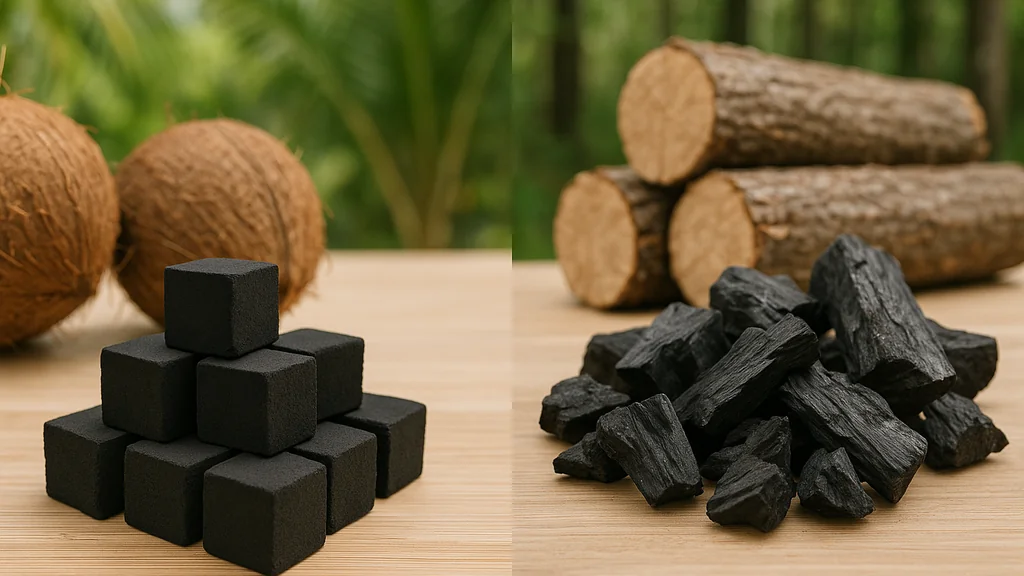
Practical takeaways:
- Classify all charcoal under HS 4402; don’t misfile briquettes.
- Treat wood charcoal entering the EU as EUDR-in-scope; coconut shell charcoal as out-of-scope but well-documented.
- Use a valid charcoal test to ship as non-DG when possible.
Why Most People Get This Wrong
Assumptions kill timelines. Three out of five importers we onboard come from a shipment that was delayed by one of these mistakes:
- Misclassification: Filing briquettes under 4401 (fuel wood) or calling high-carbon briquettes “activated carbon” (3802) to chase a lower duty. Customs catches this. Reclassification mid-clearance burns weeks.
- “FSC equals EUDR” thinking: FSC/PEFC is valuable but doesn’t replace EUDR due diligence. From late 2024 into 2025, EU customs will expect a Due Diligence Statement for wood charcoal—no logo can stand in for that.
- Ignoring Lacey for charcoal: Many think Lacey is “for timber.” Charcoal is a plant product; it’s covered. Missing species or harvest country triggers holds.
- Shipping as non-DG without proof: An SDS that says “non-dangerous” isn’t enough. Carriers want the self-heating test report. Without it, expect a DG re-classification, new surcharges, and sometimes a missed vessel.
- Over-requesting phyto/fumigation: Paying for fumigation the commodity doesn’t need. Better to specify ISPM 15 pallets and only add fumigation if your buyer or destination truly requires it.
- Vague product descriptions: “Briquettes” on the invoice with no material reference creates EUDR confusion in the EU and Lacey headaches in the U.S. Be explicit: “Coconut shell charcoal briquettes,” species Cocos nucifera.
What’s interesting is how avoidable these are with aligned paperwork and a supplier who understands both the factory floor and the front line at customs. That alignment is where time-to-market is won.
Your Next Steps
Here’s a simple, proven sequence we use with new partners:
- Decide the destination and material mix
- EU with wood charcoal? Start EUDR prep now. Ask your supplier for geolocation (GPS polygons) of the forest plots and harvest dates post-31 Dec 2020; obtain your risk assessment template.
- EU with coconut shell charcoal? Prepare a raw material statement (Cocos nucifera), supply chain traceability, and product specs to evidence out-of-scope status.
- U.S. market? Collect precise species and harvest country data for Lacey.
- Lock the correct classification and tests
- Confirm HS 4402 at the 8–10 digit level for the destination.
- Order a charcoal self-heating test (UN N.4) if you plan to ship as non-DG. Keep the certificate current and on file with the SDS.
- Align your invoice description with the classification and material (e.g., “Coconut shell charcoal briquettes, HS 4402.90”).
- Prepare market-specific compliance
- EU (wood charcoal): Complete EUDR Due Diligence Statement in the EU Information System before placing on the market; retain risk assessment and mitigation proof. Consider FSC/PEFC if your buyer or retailer requires it.
- U.S.: File Lacey PPQ 505 via ACE with correct species, harvest country, and HTS.
- All markets: Ensure pallets are ISPM 15 compliant. Add fumigation only if requested.
- Assemble the customs pack early
- Commercial invoice, packing list, bill of lading
- Certificate of origin (as needed for duty programs)
- SDS and charcoal self-heating test certificate (or DG declaration for UN 1361)
- Lacey declaration (U.S.) or EUDR DDS (EU wood)
- Any buyer-required certificates (FSC/PEFC claims for wood lines, if applicable)
If you want a concrete template set, ask your supplier. We share a single “charcoal compliance pack” for our BBQ Coconut Shell Charcoal Briquettes and Shisha Charcoal that includes HS mapping, species declarations, test reports, and shipment-ready SDS. It cuts the back-and-forth by weeks.
If you have questions about Essential Import Regulations and Certifications for Charcoal Importers or need expert guidance, contact our team. We’re happy to review your target market, product mix, and documentation—and tell you plainly what you need, what you don’t, and how to move your next container without surprises.
